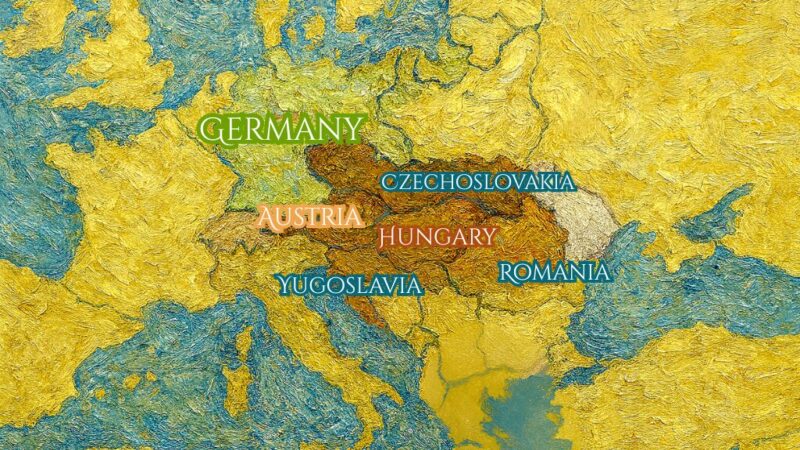From a small county on the Rhine to a global empire, the Habsburgs painted Europe’s map over and over again—sometimes in blood, sometimes in ink.
Chapter 1|1273: The Rise of a Little-Known Dynasty
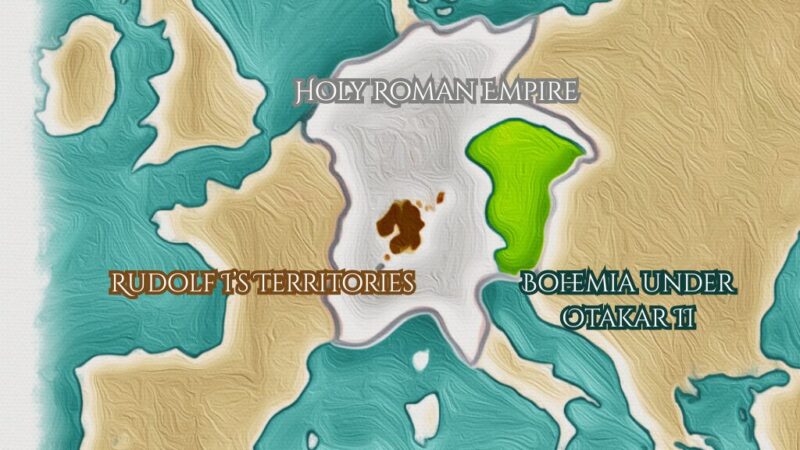
Habsburg Territories in the Mid-13th Century (© Habsburg-Dynasty.com, based on primary sources)
The Habsburg story begins with Rudolf I’s election as King of the Romans in 1273.
At this point, the family’s lands were a patchwork in what is now northeastern Switzerland and western Austria. But with the Battle on the Marchfeld in 1278, Rudolf defeated King Ottokar II of Bohemia and secured Austria, laying the foundation of a power that would reshape Europe.
Chapter 2|1526: The Danube Crowned by Marriage and War
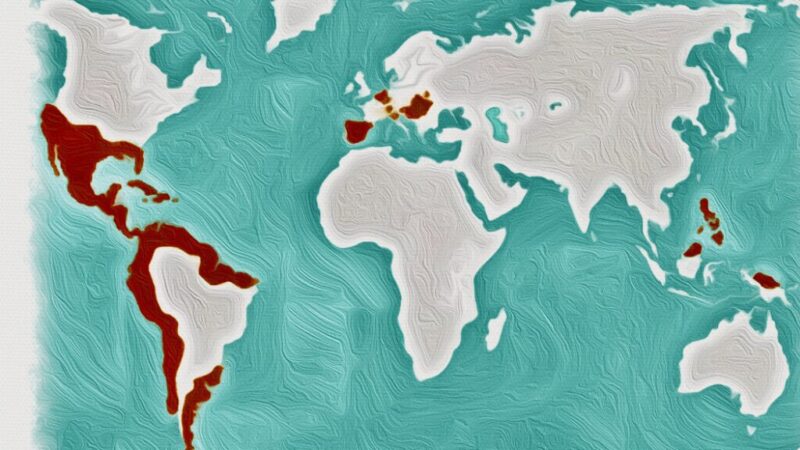
Territories Ruled by Charles V (16th Century) (© Habsburg-Dynasty.com, based on primary sources)
After the Battle of Mohács, the Habsburgs inherited Bohemia and Hungary, creating a Central European power bloc. Charles V, ruling both Spain and the Holy Roman Empire, presided over a realm so vast it connected Europe with the Americas.
Chapter 3|1556: Two Habsburg Branches, Two Worlds
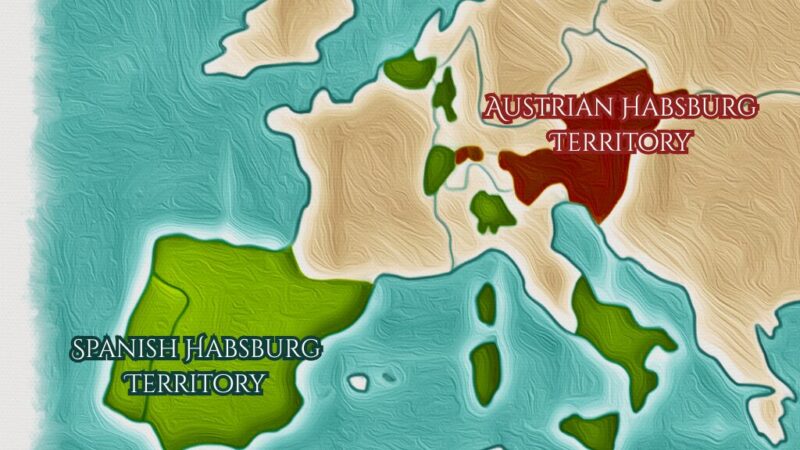
Habsburg territories in the first half of the
17th century © Habsburg-Dynasty.com, based on primary sources)
With Charles V’s abdication, the dynasty split:
- Spanish branch: Philip II ruled Spain, Naples, the Low Countries, and the Americas.
-
Austrian branch: Ferdinand I ruled the Holy Roman Empire and Central Europe.
Rather than decline, this was an era when Habsburg power stretched across both halves of Europe—and across oceans.
Chapter 4|1700: A Dynasty Dies, Europe Goes to War
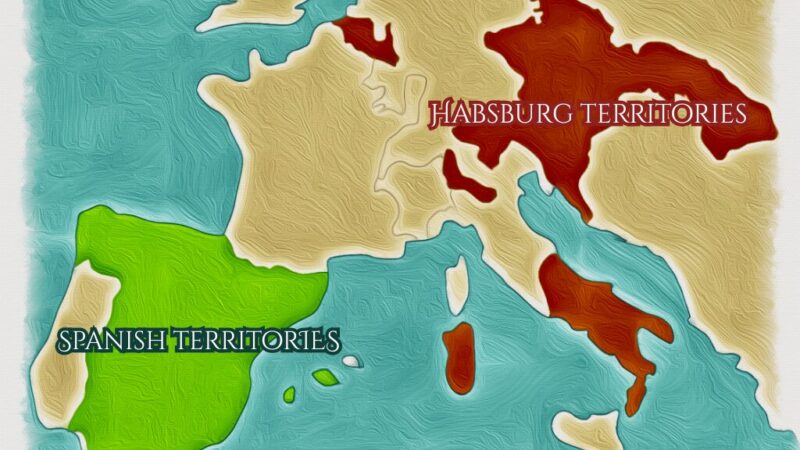
Habsburg territories after the War of Spanish Succession (© Habsburg-Dynasty.com, based on primary sources)
When the Spanish Habsburgs died out, Europe erupted into the War of the Spanish Succession.
Austria gained Naples, Milan, and the Southern Netherlands, reshaping the map once again.
Chapter 5|1867: The Gamble of the Dual Monarchy
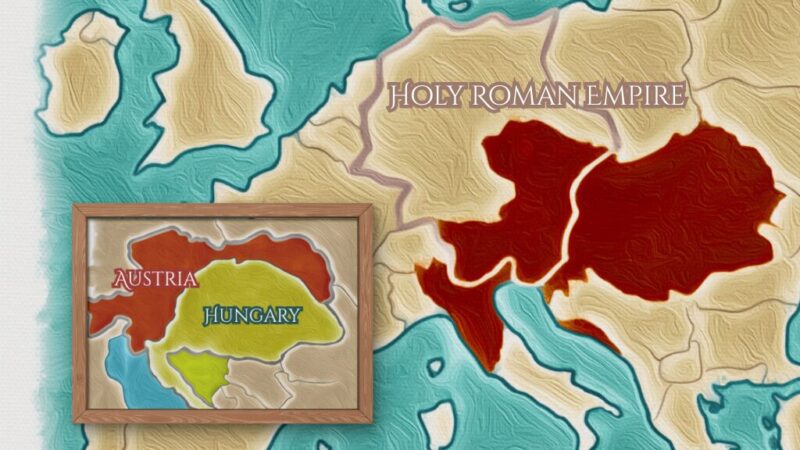
Habsburg territories in the early 19th century (© Habsburg-Dynasty.com, based on primary sources)
Nationalism threatened to tear the monarchy apart. The compromise of 1867 created Austria-Hungary, a “dual monarchy” with two capitals and two parliaments but one emperor.
Chapter 6|1918: The Fall of the Empire
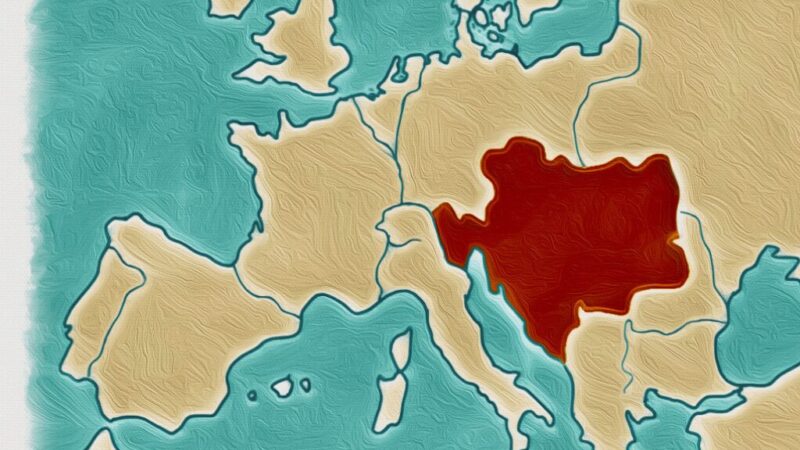
Habsburg territories in the early 20th century (© Habsburg-Dynasty.com, based on primary sources)
World War I ended the Habsburg monarchy. Austria-Hungary broke apart into Austria, Hungary, Czechoslovakia, and Yugoslavia, leaving a patchwork Europe that remains with us today.
Closing Note
The six maps above are more than illustrations. They are evidence of how marriage, war, and politics redrew Europe for six and a half centuries.
References
- German History in Documents and Images
- Die Welt der Habsburger (Austrian National Library)
- Euratlas Historical Maps
- Josephinian Land Survey (1763–1787), Austrian State Archives
- Philips’ New Historical Atlas for Students (1911, UK)
- Images generated with AI and reconstructed based on historical sources; they do not depict original historical paintings. (References used in creating the map: 12 Stories of the Habsburgs Deciphered through Famous Paintings by Kyoko Nakano (Kobunsha Shinsho), “The Habsburg Empire” by Shuichi Iwasaki (Kodansha Gendai Shinsho), Illustrated Trivia about the Habsburgs by Yoshio Kikuchi, 60 Chapters to Understand the History of the Habsburgs by Hiroshi Kawanari)


